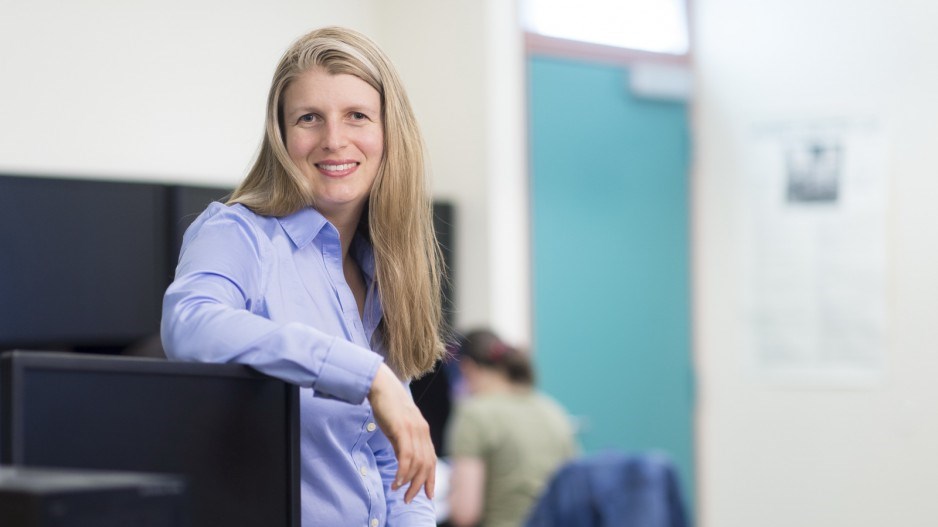Lesley Shannon is an optimist.
But for the Simon Fraser University engineering science professor, the pandemic is making her glass appear increasingly half empty as she contemplates how well women will be represented in her field in the years to come.
“The pandemic has really uncovered the fact that we might have put in more legal support for equality for women but that the social advancement actually hasn’t moved as far forward as I would have been happy to see,” said Shannon, who serves as the chair for West Coast Women in Engineering, Science and Technology (WWEST).
Her organization facilitates workshops, produces podcasts and pursues other initiatives aimed at bolstering participation of women and other under-represented groups in the science, technology, engineering, and mathematics (STEM) fields.
According to the latest Engineers Canada data, published in 2017, only 21.8% of undergraduate engineering students enrolled across the country were women. That’s up slightly – 0.9% – from a year earlier.
But the pandemic is presenting major challenges to increasing the representation of women in engineering.
A November 2020 report commissioned by the BC Women’s Health Foundation in partnership with Pacific Blue Cross points to how family obligations had a disproportionate impact on women throughout the COVID-19 crisis.
Working mothers between the ages of 24 and 55 were sharply affected by early measures that temporarily closed schools and daycares.
That demographic lost 26% of working hours in April compared with a loss of 14% of working hours experienced by fathers as children remained home.
Part of this may also be explained by the fact more than half of B.C women are employed in industries most affected by the restrictions brought on by the pandemic: health care, retail, education, and accommodation and food service.
“Concentration of employment in these sectors led to women in B.C. losing 60% more jobs in March 2020 than men,” the report states, adding the effective unemployment rate for women grew to 26.5% in March and 28% in April. Shannon also acknowledged the influence those service sector jobs is having on the data, as engineering jobs remain in high demand on the West Coast.
In January alone the province added 10,100 jobs in professional, scientific and technical services compared with a month earlier.
But Shannon, a mother to a toddler, noted that women in the STEM fields are still bearing a disproportionate burden of child-care responsibilities compared with their male counterparts.
She said not enough organizations are stepping up to accommodate the new reality of the pandemic, even as remote work becomes more commonplace.
“We’re lucky in Canada that we do have policies for leave. But depending on the organization, how supportive is the organization of that?” Shannon said.
“There’s sort of a legal requirement and then there’s, ‘Well, our view’s that anyone who chooses to have a child is now not taking their career seriously.’”
Meanwhile, a May 2020 McKinsey & Company report bolstered findings from 2015 regarding the financial success of businesses that are ethnically and gender diverse.
Companies with more than 30% female executives were 25% more likely to be more profitable than the national industry median, and ethnically diverse companies were 36% more likely to be profitable than the national industry median. (McKinsey’s survey was based on a broad range of nations.)
Shannon said businesses stand to become less competitive “dinosaurs” if they don’t make earnest efforts to improve inclusivity.
Ever the optimist, she said there are some signs that organizations and individuals are now willing to engage in more substantive discussions after the Me Too movement and Black Lives Matter raised awareness of the inequalities experienced by underrepresented groups.
“But I think we spend a lot of time talking and we really need to get to the doing,” Shannon said.




